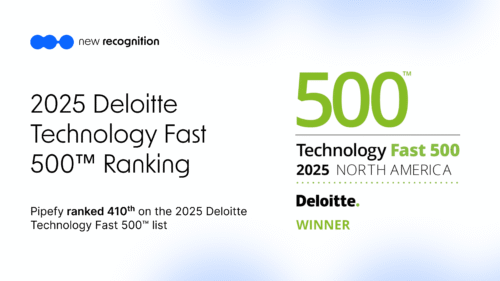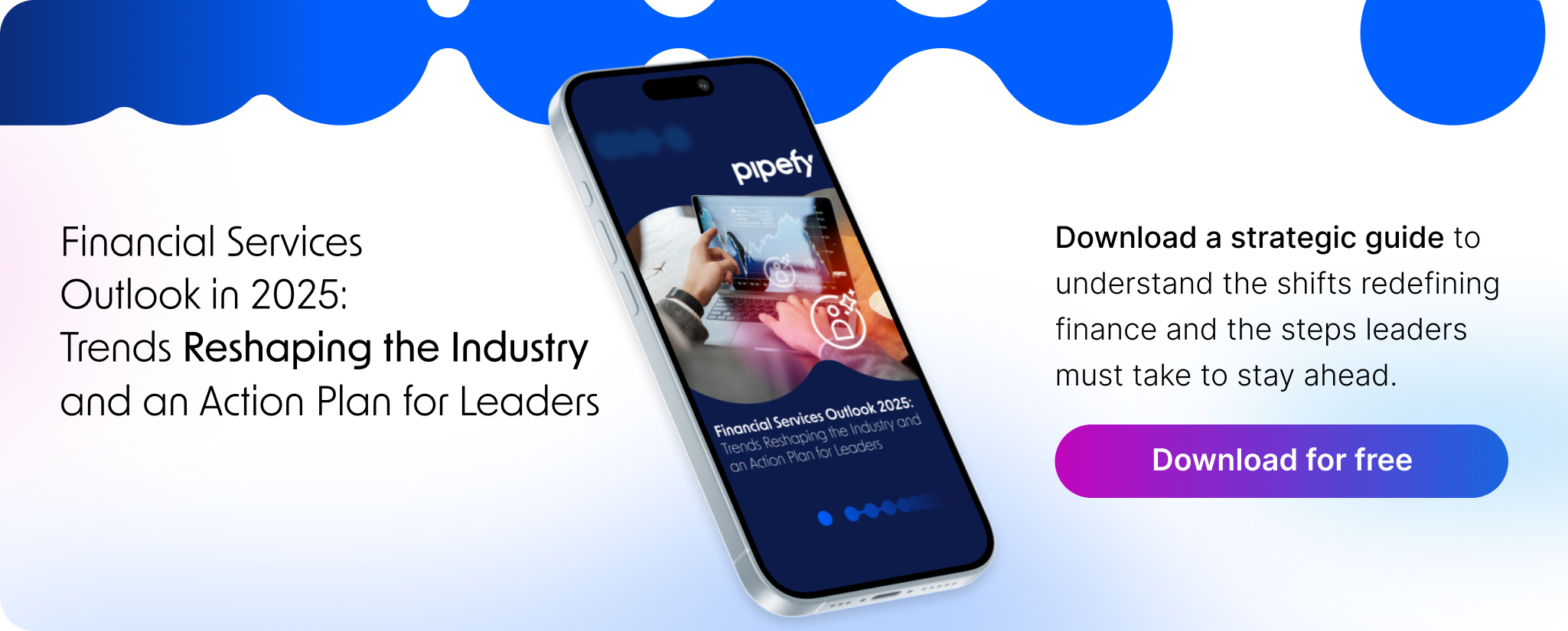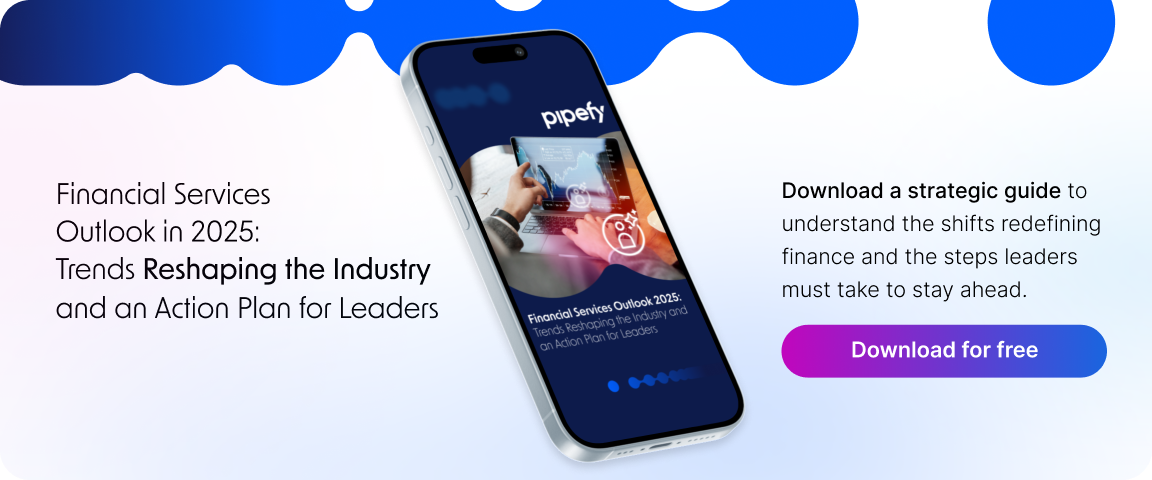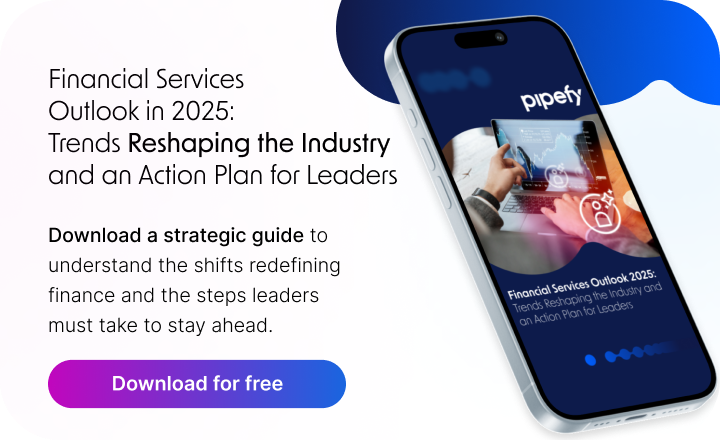
Tenant turnover is among the most costly and disruptive issues in property and lease operations. In sectors like financial services, insurance, and consumer goods, where occupancy across multiple sites is critical, poor tenant onboarding can result in early frustration, unresolved requests, and ultimately, a failure to renew.
Tenant onboarding, once seen as a logistical step, is now emerging as a strategic opportunity. When designed as a structured, responsive experience, onboarding can improve service delivery, boost operational efficiency, and directly impact retention and revenue.
This article explores how companies can reframe onboarding as a renewal driver, why automation matters, and what metrics matter most, with a practical example to illustrate how faster, data-driven onboarding reduces vacancy time.
Why Traditional Tenant Onboarding Fails to Retain
The typical onboarding process often consists of scattered emails, outdated spreadsheets, and manual service handling. This creates inconsistent tenant experiences and slows issue resolution.
Without a central system, requests get lost, accountability is unclear, and first impressions suffer. These early inefficiencies can erode trust and set a negative tone for the entire lease cycle.
Common Issues with Legacy Onboarding Models
- Fragmented communications across departments (legal, facilities, IT)
- Lack of status visibility for tenants and internal teams
- High volume of repeated questions and errors in data collection
- Delayed activation of services like access badges, network setup, or compliance checks
This often leads to a poor experience during the crucial first 30 to 60 days, which can make renewals less likely.
What Changes with Tenant Onboarding 2.0
Tenant Onboarding 2.0 applies structured workflows, automation, and self-service tools to deliver a seamless, consistent experience.
Key Features of a Modern Tenant Onboarding Experience
| Element | Impact |
| Smart Forms with Validation | Prevents incomplete or incorrect requests |
| Automated Task Routing | Ensures service steps reach the right teams fast |
| SLA Tracking & Alerts | Reduces delays and increases accountability |
| Centralized Dashboards | Enhances visibility for managers and tenants |
| Artificial Intelligence (AI) Agents | Automate classification, prioritization, and escalation |
By eliminating manual handoffs and centralizing data, teams can respond faster and personalize interactions based on profile, location, or tenant type.
Read more: Task automation with AI: Find out how to create a workflow
Practical Example: A Property Onboarding Scenario
Imagine a financial services company that leases multiple offices across different cities. Historically, each new location activation involves 12-15 manual steps, from compliance sign-off to infrastructure setup.
Let’s say this company starts using Pipefy to automate tenant onboarding. Smart forms collect location-specific needs, route requests to legal, IT, and security in parallel, and AI Agents track progress and handle low-complexity tasks.
Within 45 days, they could see the following shifts:
- Service activation time drops from 20 to 8 business days
- Ticket reassignment decreases by 40%
- Internal satisfaction scores rise by 25%
- Vacancy time shortens by 10%, improving revenue retention
While hypothetical, this scenario reflects common gains when onboarding shifts from reactive to structured.
Read more: AI Agents in practice: Get to know some use cases to save time and gain efficiency
Why This Impacts Renewals Directly
According to McKinsey (2023), companies that excel in customer experience can achieve revenue growth rates up to twice as fast as their peers. In real estate and leasing, a smooth tenant onboarding process during the first 30 to 60 days plays a critical role in shaping long-term satisfaction and retention.
When tenants experience fast setup, clear support channels, and proactive service, they are more likely to:
- Feel confident that the lease will be smooth and worry-free
- Raise requests early (instead of post-frustration)
- Engage with long-term planning for expansion or upgrades
By reducing “activation friction”, companies position themselves not just as landlords, but as service partners.

Key Metrics to Track in Tenant Onboarding
To make tenant onboarding measurable and continuous, leaders can track the following metrics:
| Metric | What It Shows |
| Time to Service Activation | Speed of operational readiness |
| First Response Time | Quality of intake and communication |
| Completion Rate per SLA | Process reliability and timeliness |
| NPS or CSAT (within 60 days) | Tenant experience benchmark |
| Request Volume per Stage | Workflow bottlenecks |
Monitoring these KPIs ensures teams can proactively address friction points and prove onboarding ROI.
Connecting Onboarding to Broader Operational Strategy
For companies managing multiple tenants or locations, onboarding is not an isolated function. It ties into:
- Revenue operations: Delayed onboarding means delayed billing and potential loss
- Risk management: Gaps in compliance steps can trigger audits or contract breaches
- Brand positioning: First experiences shape the perception of reliability and service quality
When built into a broader no-code automation strategy, onboarding can evolve rapidly as business needs change, without IT overload.
Read more: Integrated Service Management: How to connect teams and processes with AI

Trends in Onboarding: AI and Personalization
AI-driven onboarding is growing. With Pipefy’s AI Agents, teams can:
- Classify and escalate urgent service requests
- Analyze patterns in tenant needs and personalize workflows
- Automate repetitive communications like onboarding updates or document reminders
As onboarding becomes more contextual and data-rich, it also becomes a competitive differentiator, especially in high-value, multi-year lease scenarios.
Common Challenges in Upgrading Onboarding
Even with strong reasons to improve it, modernizing onboarding often comes with real-world challenges:
- Legacy mindset: Teams may resist changing manual processes they’ve relied on
- Tool overload: Fragmented tech stacks create duplication
- No clear ownership: Onboarding often sits between departments
Clear governance, mapped workflows, and gradual rollout help mitigate these risks.
FAQ: Tenant Onboarding 2.0
What is tenant onboarding 2.0?
It’s a structured, automated onboarding experience that treats tenants as long-term customers and supports retention through better service delivery.
Can tenant onboarding impact renewal rates?
Yes. First impressions shape long-term satisfaction. Efficient onboarding often leads to higher renewal probability.
How long does it take to implement modern onboarding?
With platforms like Pipefy, teams can launch new workflows in weeks, without deep IT involvement.
What’s the ROI of onboarding automation?
Reduced activation time, fewer service tickets, and better tenant satisfaction all contribute to revenue protection.
Does this apply beyond commercial real estate?
Yes. Any multi-site service model (banks, insurers, retailers) benefits from structured onboarding processes.
How Pipefy Supports Scalable Tenant Onboarding
Pipefy is a no-code platform that enables companies to structure, automate, and monitor tenant onboarding across departments. By connecting intake forms, workflows, SLAs, and integrations into one unified system, Pipefy helps organizations accelerate activations and scale experiences.
Companies in industries such as financial services, insurance, and consumer goods use Pipefy to:
- Standardize onboarding across multiple sites or regions
- Eliminate bottlenecks in IT, legal, and facilities coordination
- Track every step with full audit trails and service KPIs
- Deploy AI Agents to automate repetitive and rules-based tasks
- Easily adapt onboarding flows without IT reliance
From faster activations to fewer escalations, Pipefy turns onboarding into a retention strategy.
Click the button below to start reducing vacancy time and turn onboarding into a renewal opportunity with Pipefy:










